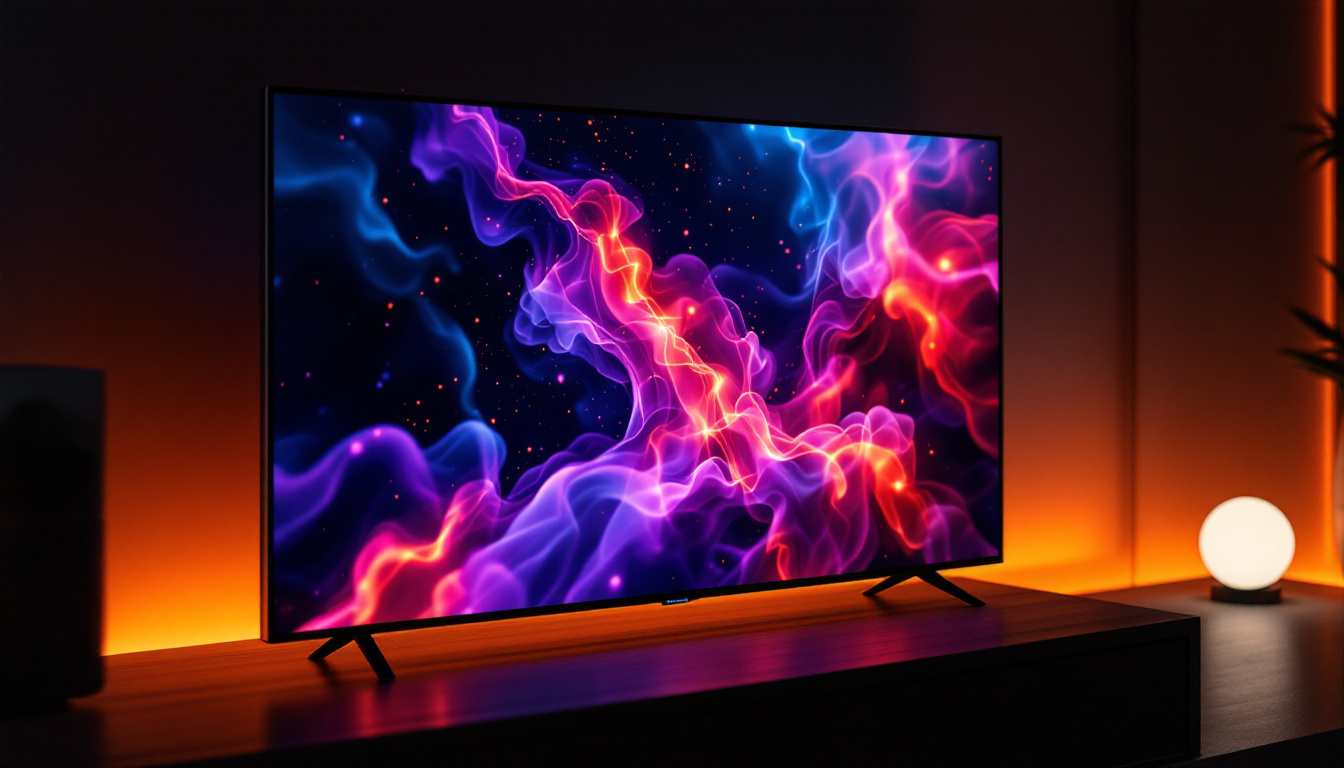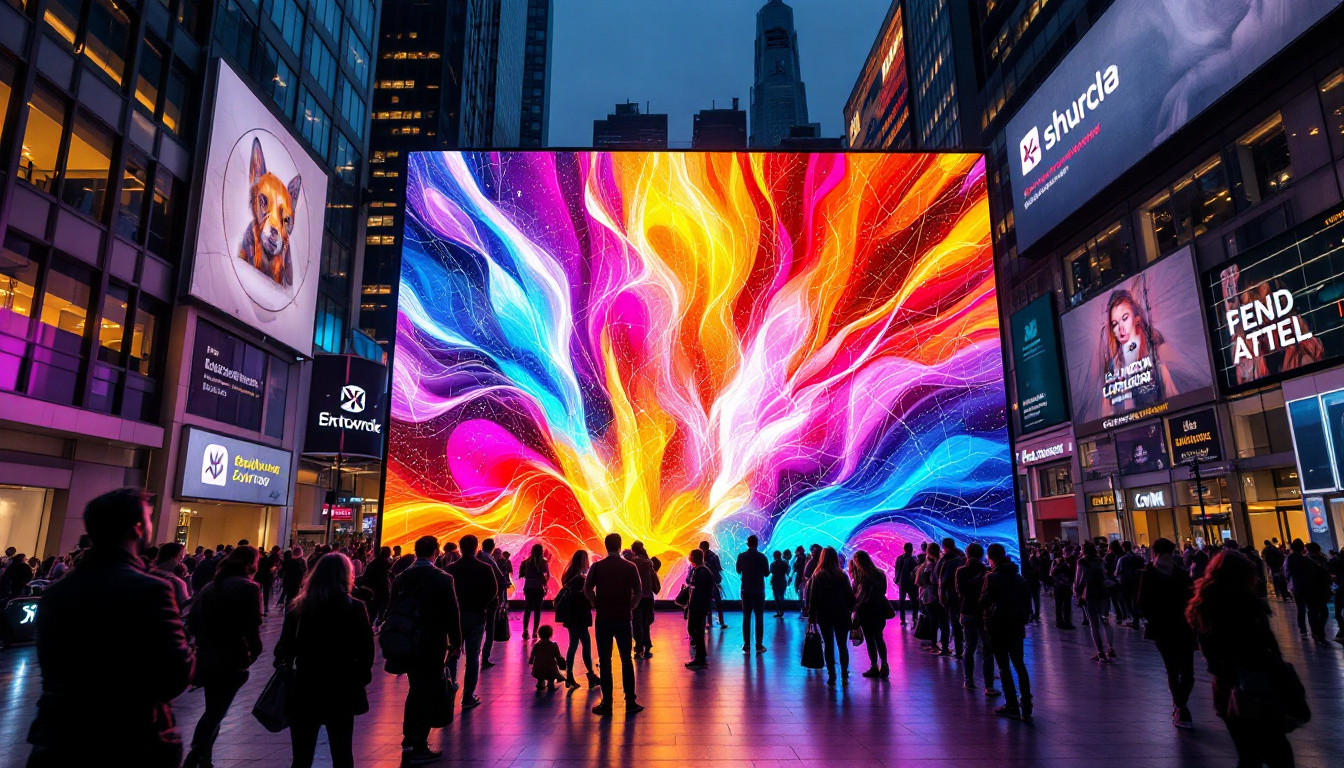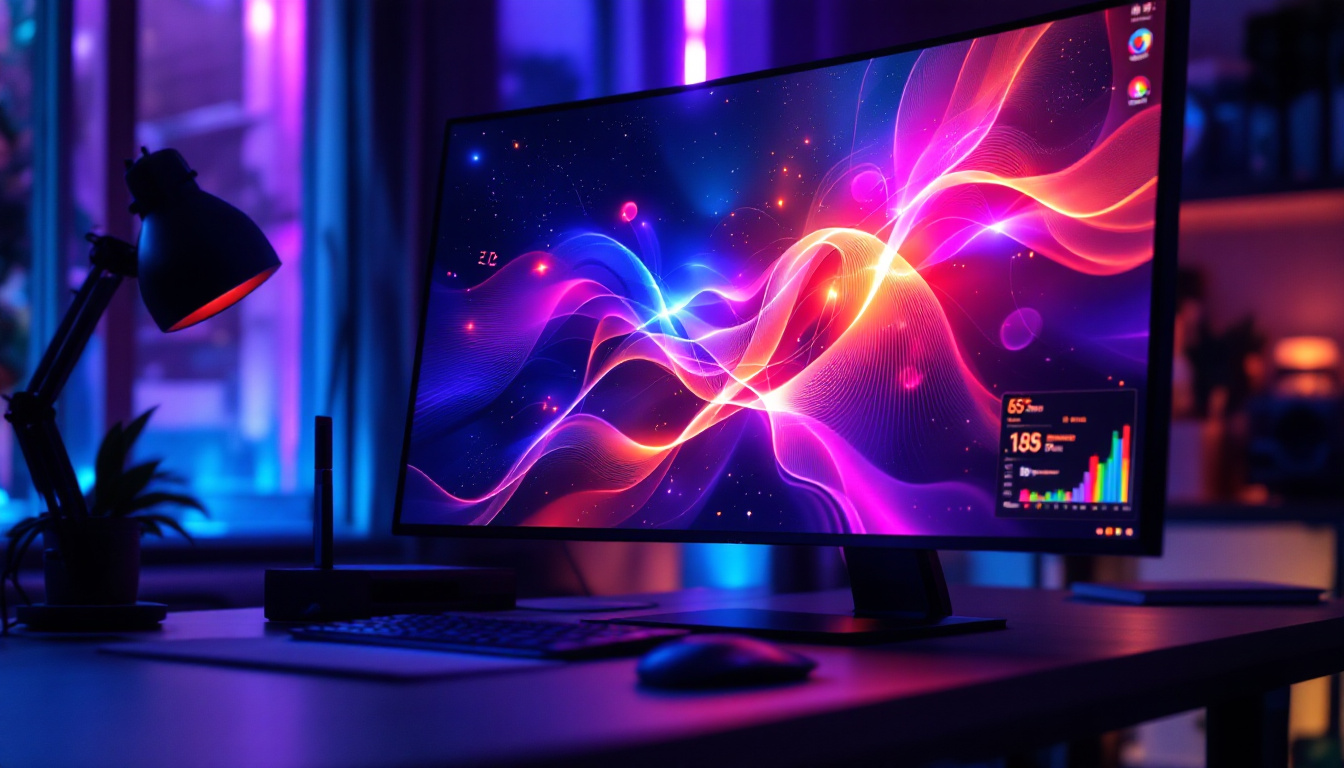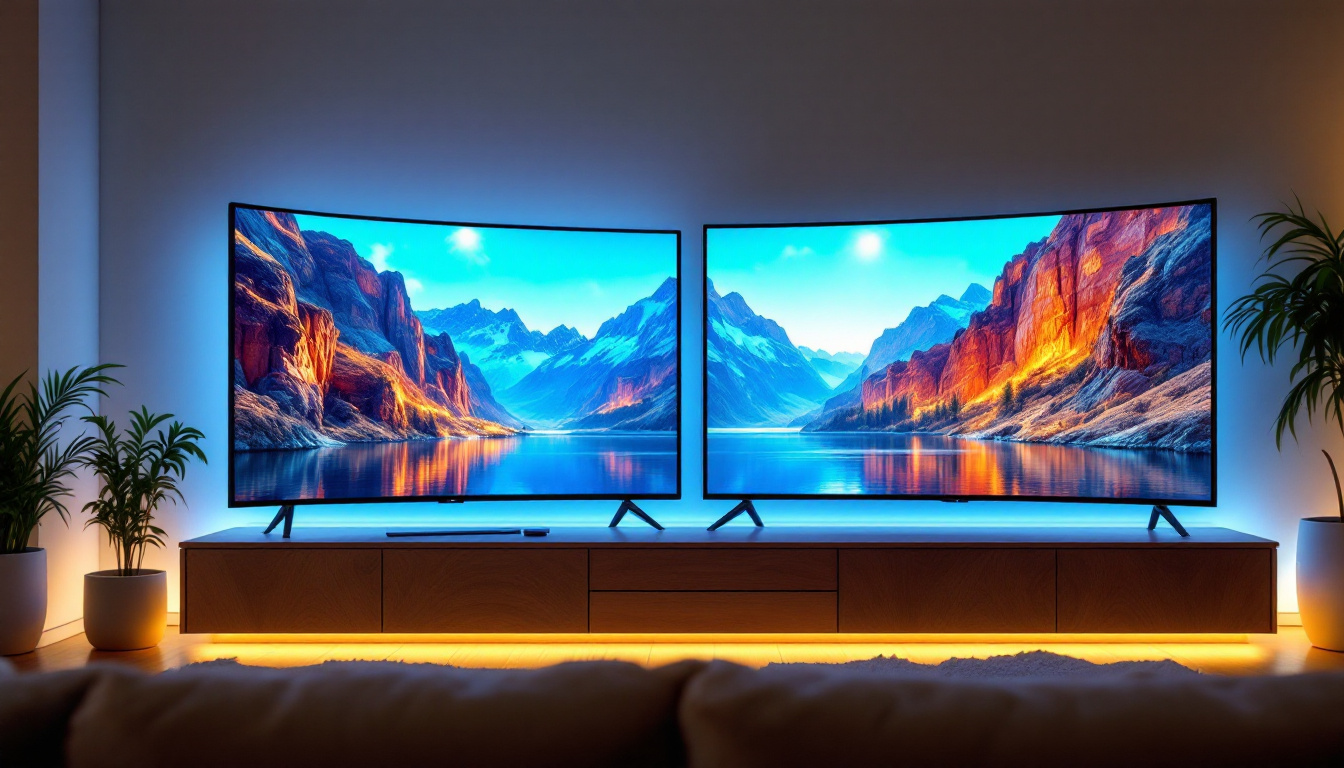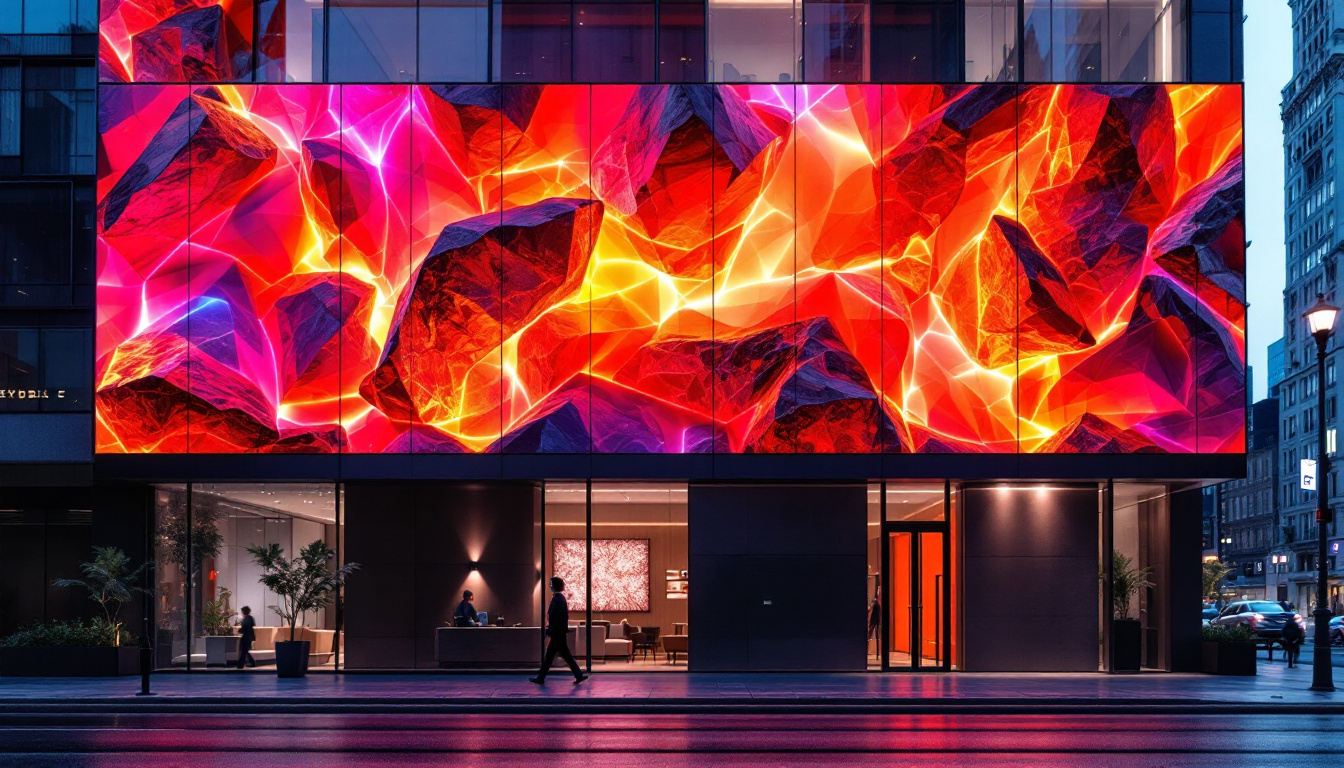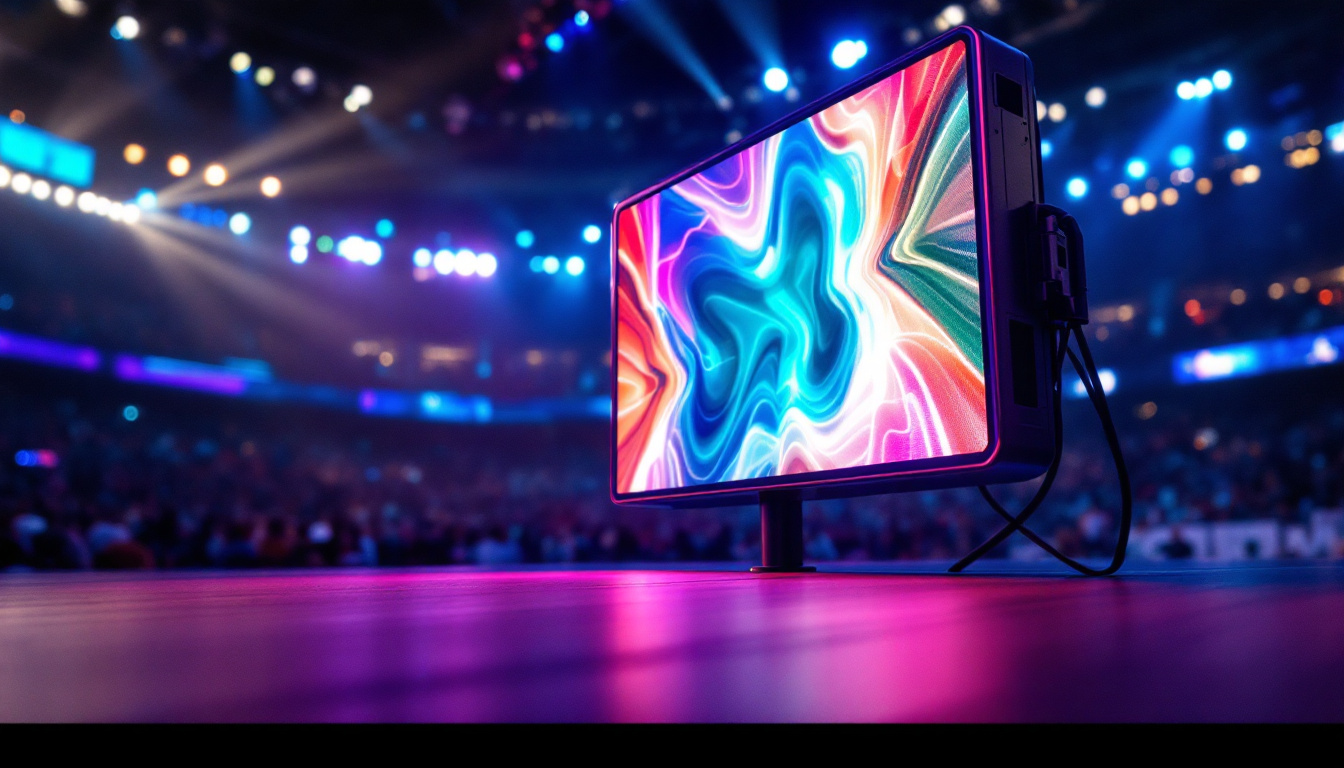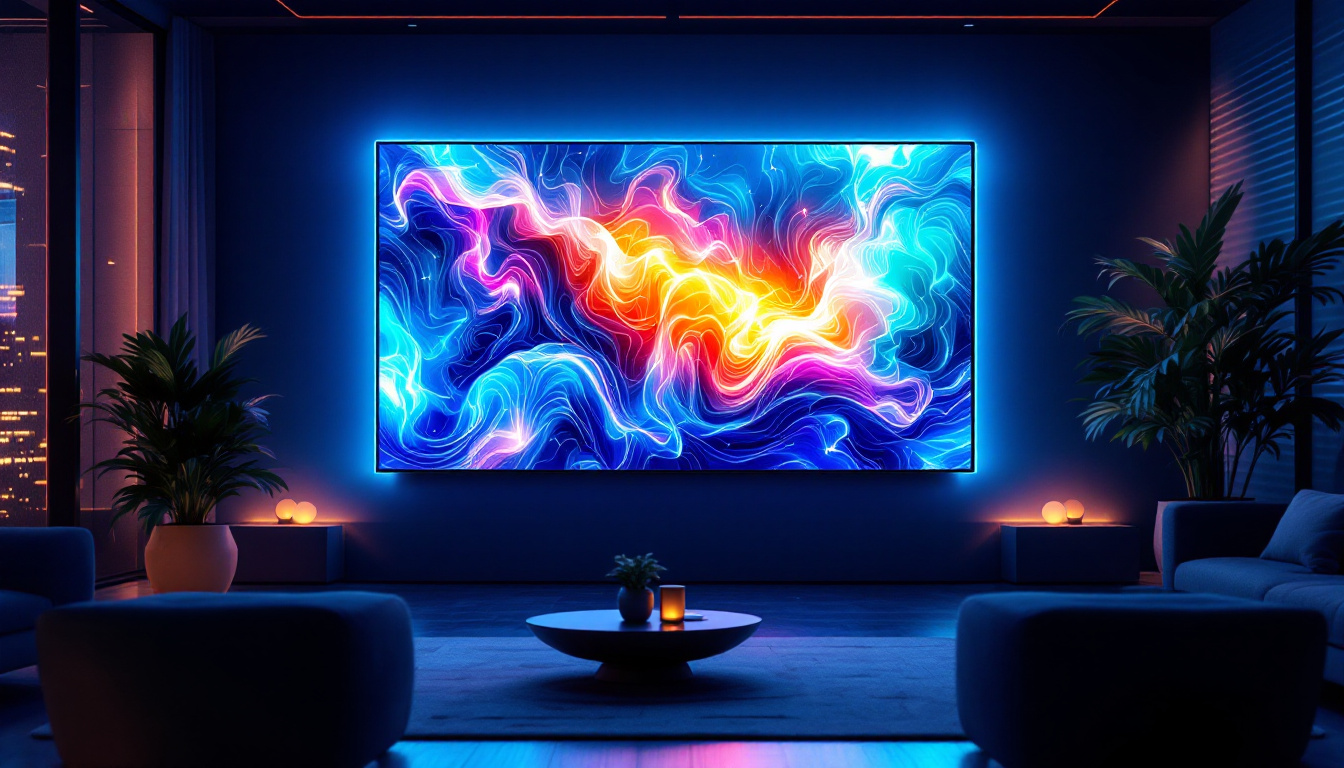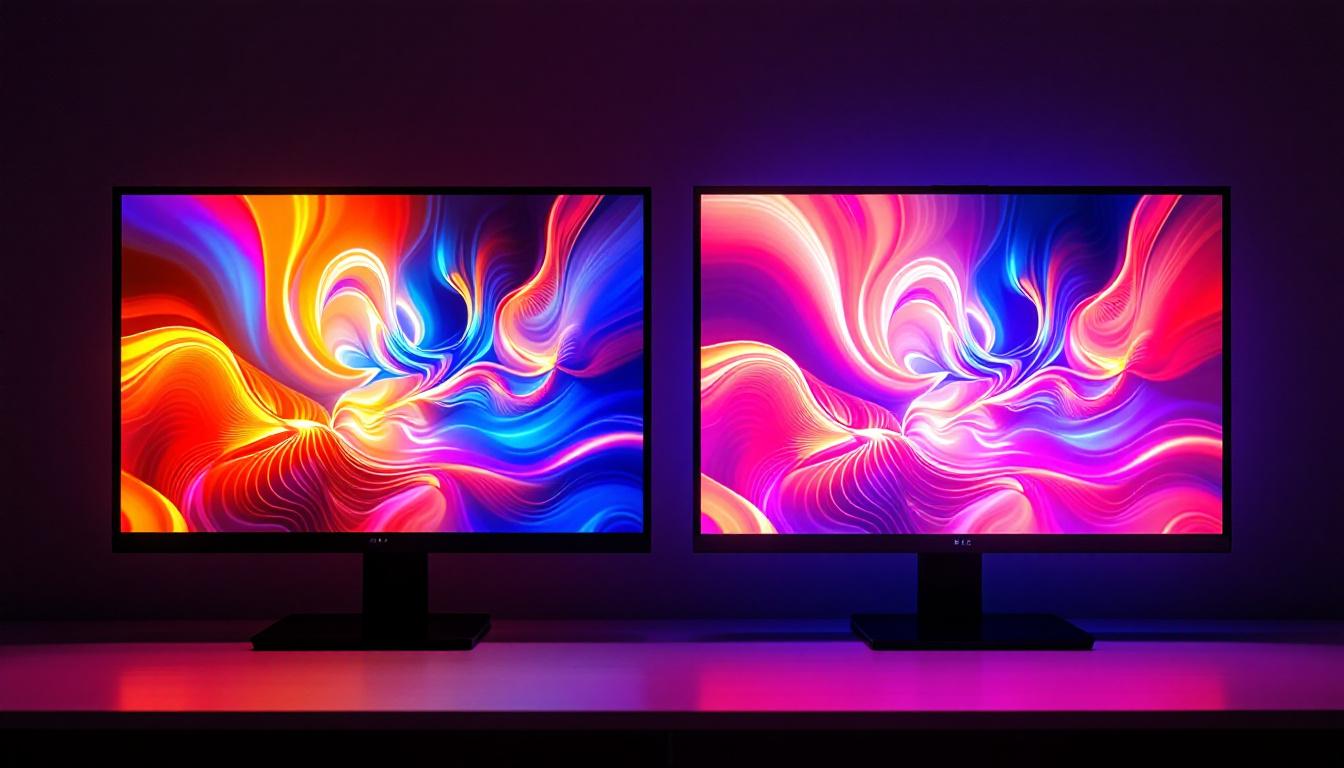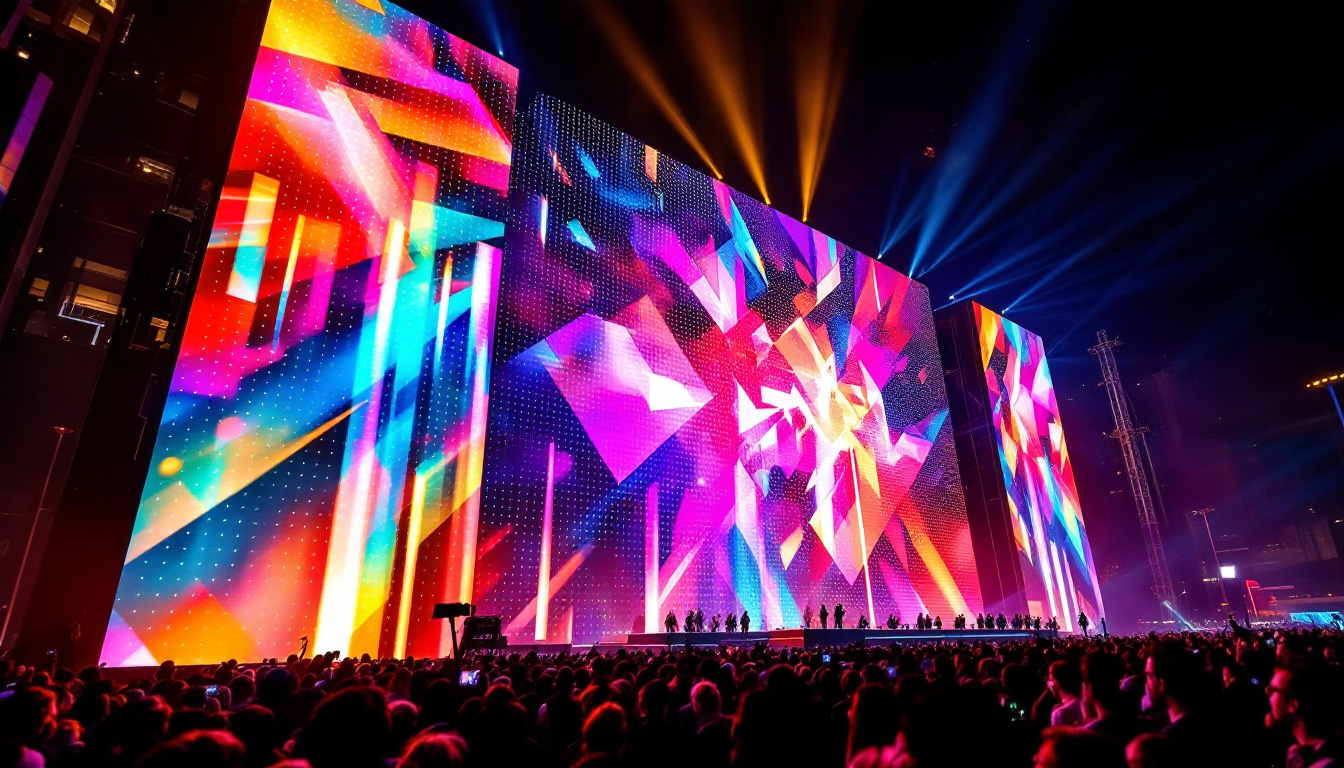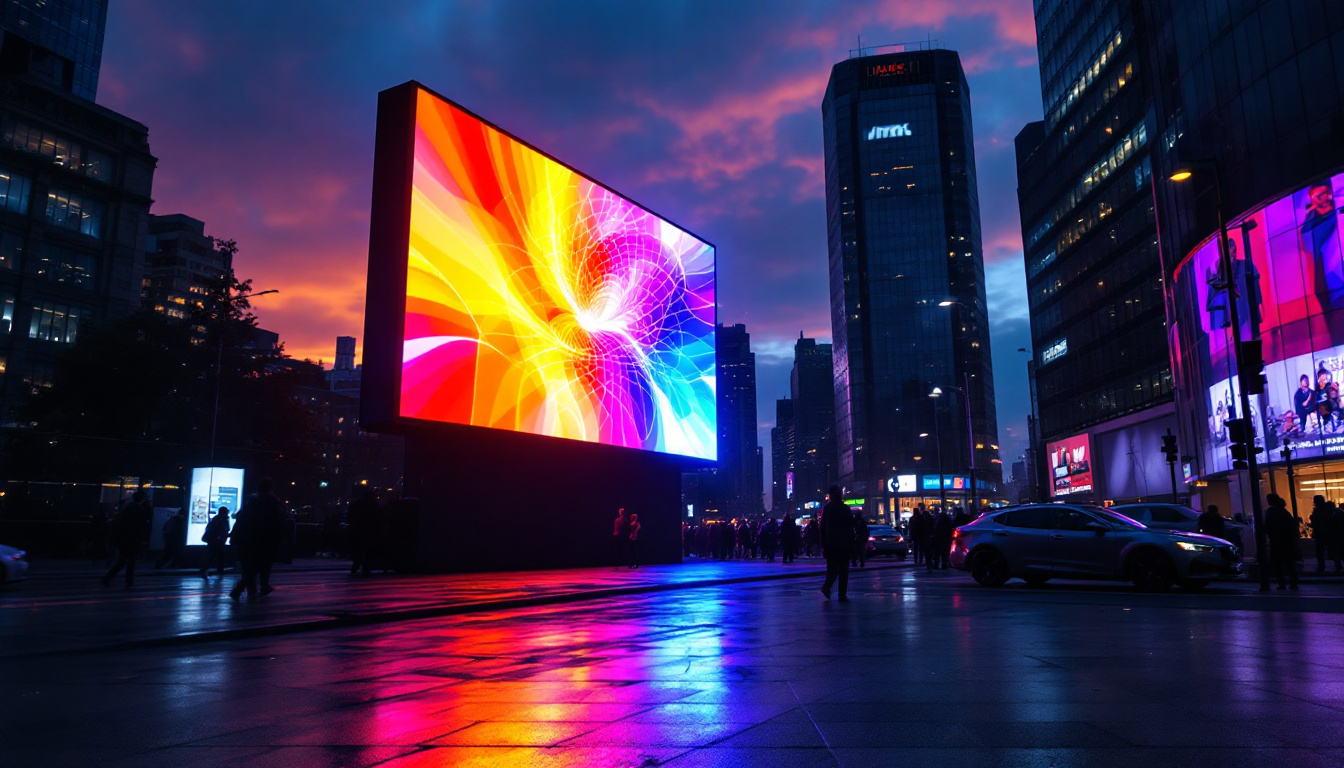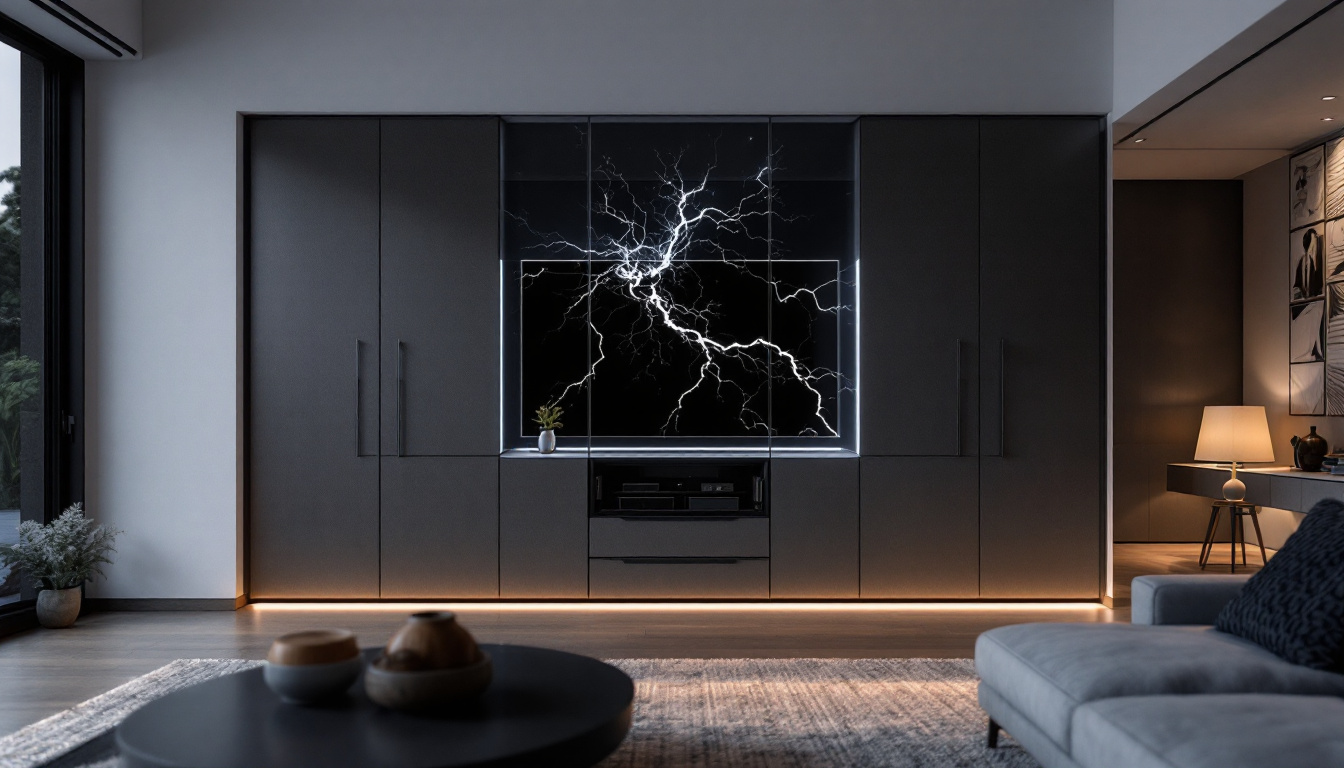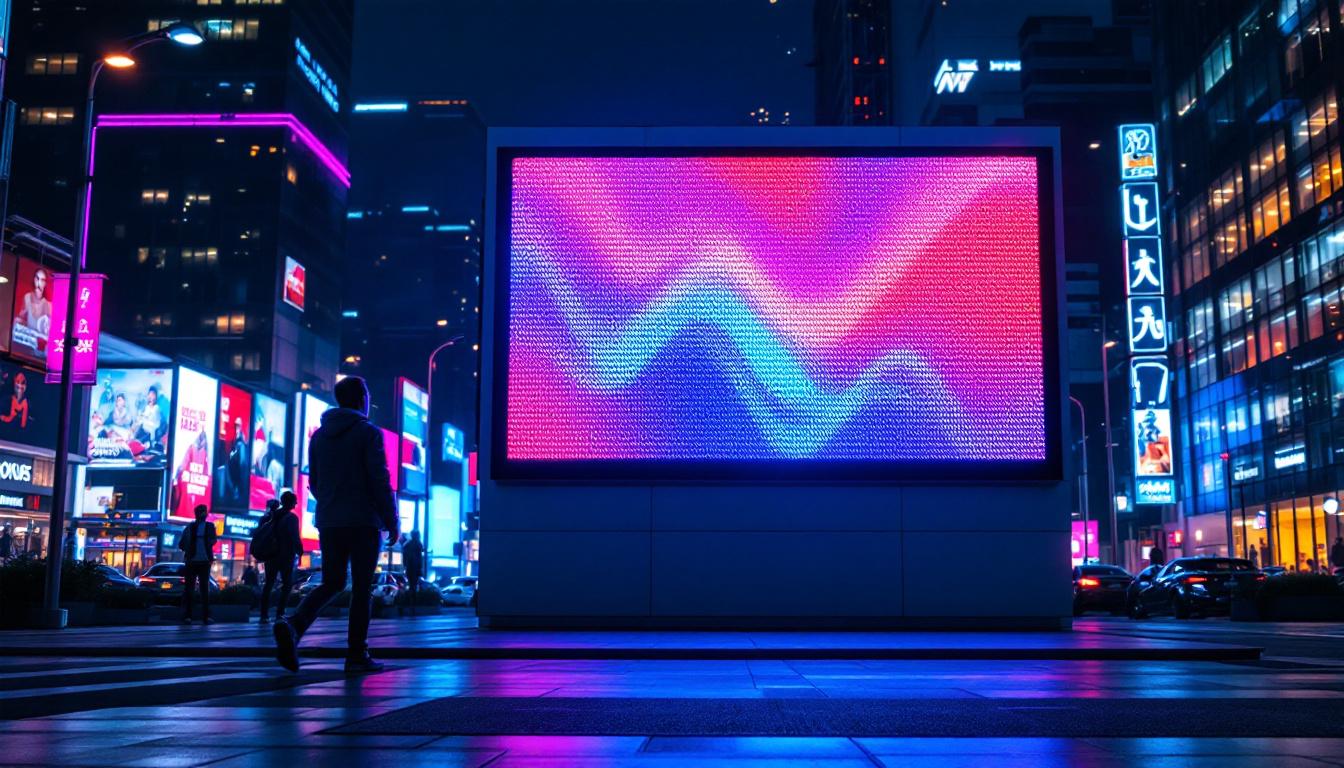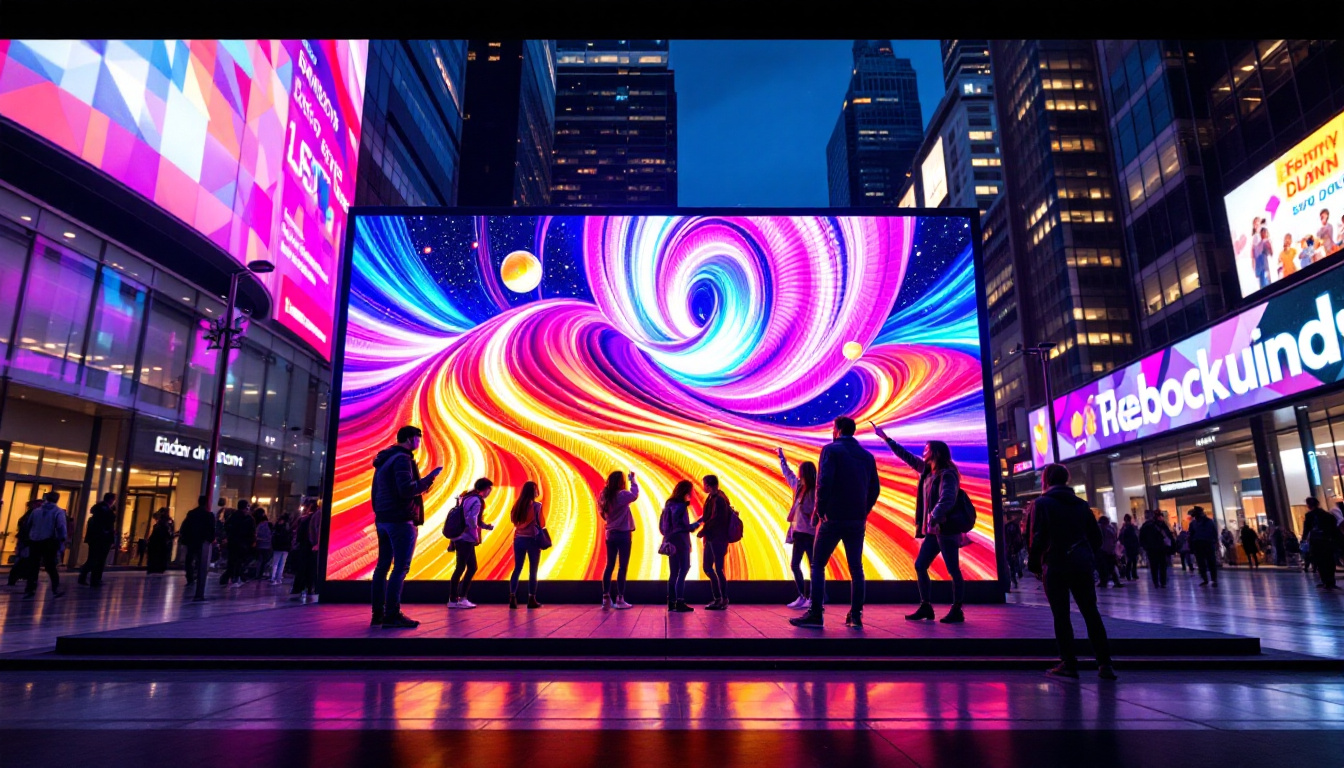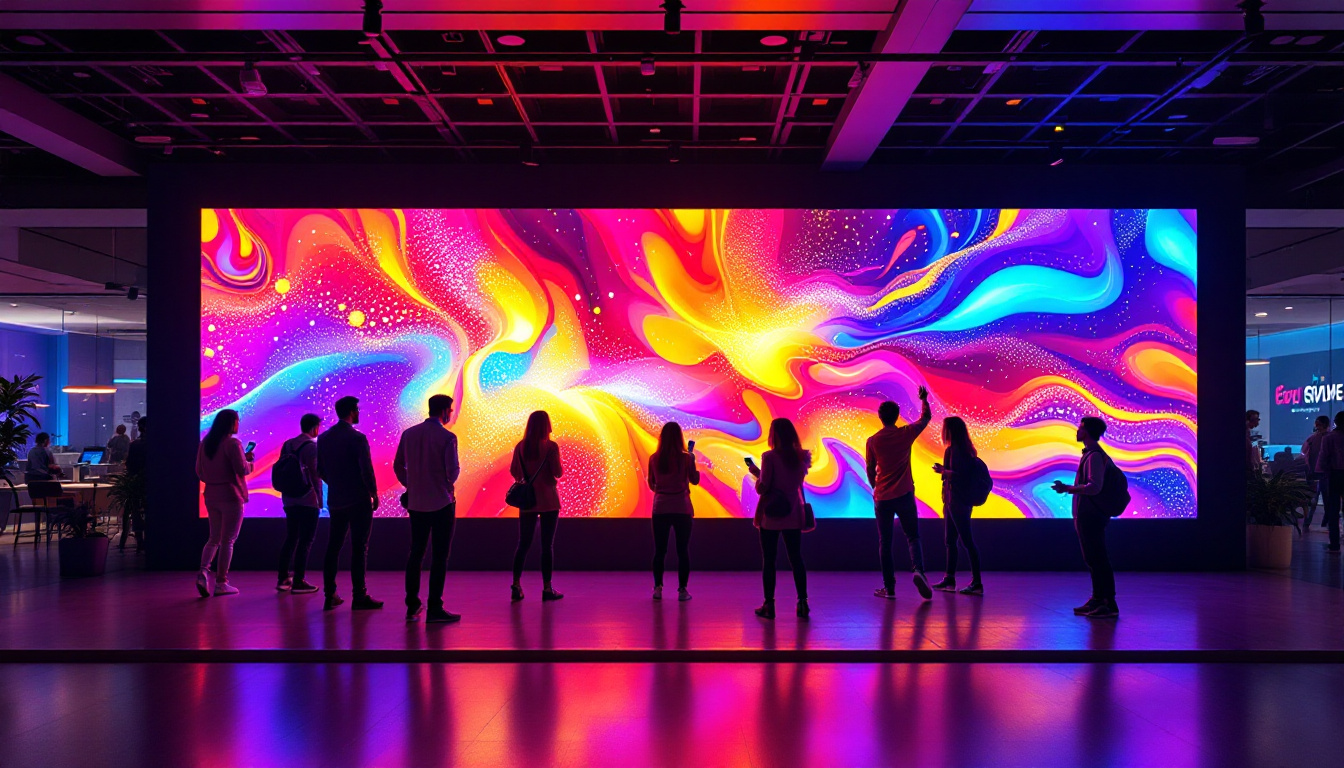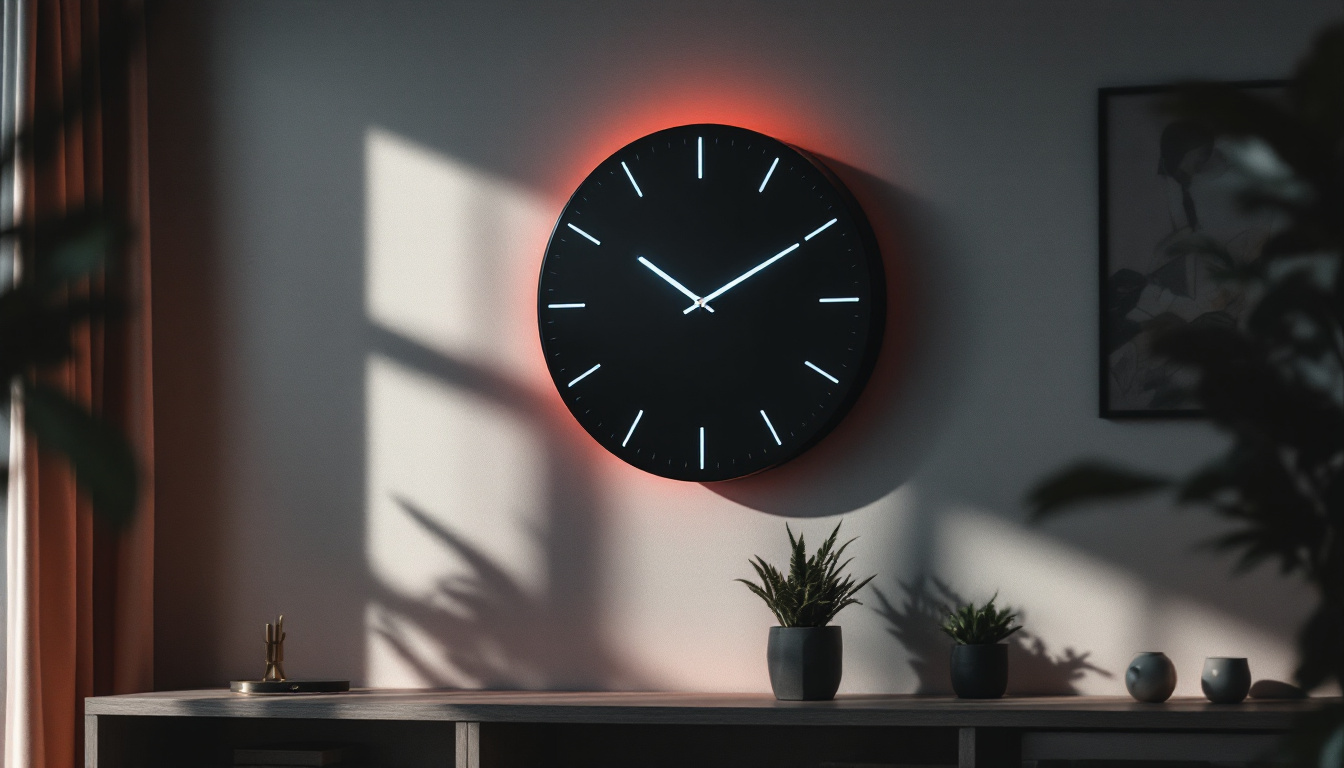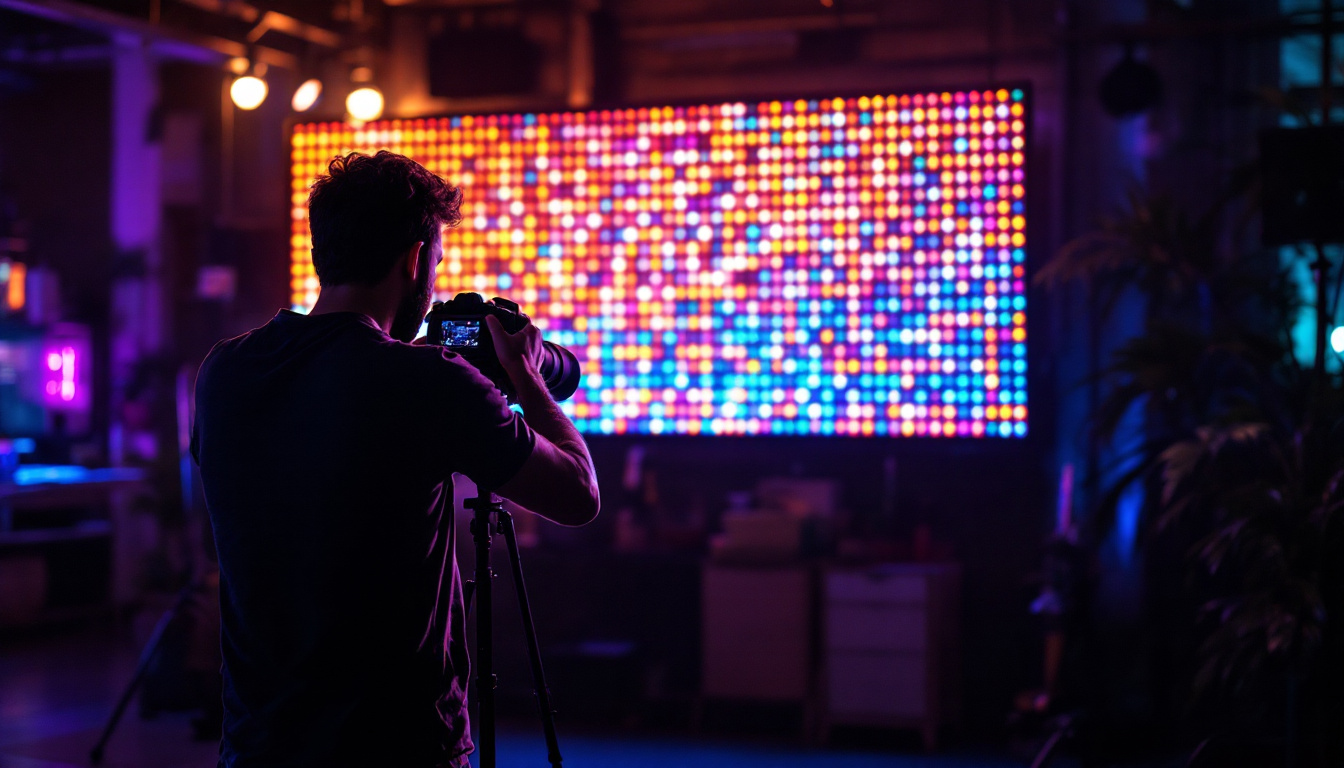In the ever-evolving world of display technology, the full-color OLED (Organic Light Emitting Diode) display stands out as a remarkable innovation. With its ability to produce vibrant colors, deep blacks, and wide viewing angles, OLED technology has transformed the way we experience visual content. This article delves into the intricacies of OLED displays, comparing them with traditional LED displays and exploring their applications, advantages, and future potential.
Understanding OLED Technology
At its core, OLED technology utilizes organic compounds that emit light when an electric current is applied. This unique characteristic allows each pixel to produce its own light, eliminating the need for a backlight, which is a fundamental component of traditional LED displays. The result is a display that can achieve deeper blacks and a wider color gamut, making it particularly appealing for applications where visual fidelity is paramount, such as in high-end televisions and professional monitors.
The Structure of OLED Displays
An OLED display consists of several layers, including a substrate, an anode, organic layers, and a cathode. The substrate serves as the foundation, while the anode and cathode facilitate the flow of electricity. The organic layers are where the magic happens; they contain organic molecules that emit light when energized. These molecules are typically made from carbon-based compounds, which allow for a variety of colors to be produced by adjusting the chemical composition of the organic layers.
This layered structure enables OLED displays to achieve remarkable color accuracy and contrast ratios. Each pixel can turn on and off independently, allowing for true blacks and vibrant colors that are difficult to replicate with traditional LED technology. Additionally, the thin profile of OLED displays allows for innovative designs, such as curved screens and ultra-slim televisions, which enhance the viewing experience by providing a more immersive feel.
Types of OLED Displays
There are primarily three types of OLED displays: passive-matrix OLED (PMOLED), active-matrix OLED (AMOLED), and transparent OLED. PMOLEDs are simpler and typically used for smaller screens, such as those found in wearable devices. AMOLEDs, on the other hand, are more complex and are commonly used in smartphones and televisions due to their superior performance. The active-matrix technology allows for faster refresh rates and better power management, making AMOLEDs ideal for dynamic content like video games and movies.
transparent OLED displays are an exciting development in the field, allowing for see-through screens that can overlay digital information onto the real world. This innovation opens up new possibilities for advertising, automotive displays, and augmented reality applications. Imagine a car windshield that can display navigation directions without obstructing the driver’s view or a storefront window that showcases products while still allowing customers to see inside. The potential applications for transparent OLED technology are vast, and as the technology matures, we can expect to see even more creative uses emerge in various industries.
Comparing OLED and LED Displays
To fully appreciate the advantages of OLED technology, it is essential to compare it with traditional LED displays. While both technologies have their merits, they cater to different needs and preferences.
Color and Contrast
One of the most significant differences between OLED and LED displays lies in their color reproduction and contrast. OLED displays are known for their ability to produce true blacks, thanks to their self-emissive nature. When a pixel is turned off, it emits no light, resulting in a perfect black. In contrast, LED displays rely on a backlight, which can lead to light bleed and less accurate blacks.
Moreover, OLED displays can achieve a wider color gamut, providing richer and more vibrant colors. This capability is particularly beneficial for applications such as graphic design, photography, and gaming, where color accuracy is paramount. The enhanced color depth in OLED screens allows for subtle variations in shades, making images appear more lifelike and immersive. This is especially noticeable in scenes with intricate details, such as a sunset where the gradient of colors can be displayed with remarkable precision, enhancing the overall viewing experience.
Viewing Angles
Another advantage of OLED technology is its superior viewing angles. OLED displays maintain consistent color and brightness levels, even when viewed from extreme angles. In contrast, traditional LED displays often suffer from color distortion and reduced brightness when viewed off-axis.
This characteristic makes OLED displays ideal for group viewing scenarios, such as watching movies or playing games with friends, where multiple viewers may be seated at different angles. Additionally, the uniformity of the image quality across various angles means that everyone can enjoy the same vibrant visuals without the need to reposition themselves, making OLED a popular choice for home theaters and gaming setups. Furthermore, this feature is particularly advantageous in professional environments, such as design studios, where accurate color representation is crucial, allowing multiple designers to collaborate effectively without compromising on visual fidelity.
Advantages of Full-Color OLED Displays
Full-color OLED displays offer a range of benefits that make them increasingly popular across various industries. From consumer electronics to professional applications, the advantages of OLED technology are hard to ignore.
Energy Efficiency
One of the standout features of OLED displays is their energy efficiency. Since each pixel generates its own light, OLED screens consume less power when displaying darker images compared to traditional LED displays. This efficiency not only reduces energy costs but also contributes to longer battery life in portable devices.
In an era where sustainability is a growing concern, the energy-saving capabilities of OLED technology align with the global push for greener solutions. Manufacturers and consumers alike can benefit from reduced energy consumption and a lower carbon footprint. Furthermore, as more industries adopt OLED technology, the cumulative effect on energy savings could lead to significant reductions in overall electricity demand, contributing positively to energy conservation efforts worldwide.
Thin and Flexible Design
OLED technology allows for incredibly thin and flexible displays, paving the way for innovative product designs. Manufacturers can create sleek, lightweight devices without compromising on performance. This flexibility also enables the development of curved and foldable screens, which are becoming increasingly popular in smartphones and televisions.
The potential for flexible displays extends beyond consumer electronics; applications in automotive design, wearable technology, and even architecture are being explored. The ability to integrate displays into various surfaces opens up new avenues for creativity and functionality. For instance, in automotive design, OLED displays can be seamlessly integrated into dashboards, providing drivers with real-time information in an aesthetically pleasing manner. In the realm of wearables, flexible OLED screens can conform to the contours of the human body, enhancing comfort and usability while delivering high-quality visuals. As technology continues to evolve, the possibilities for OLED applications seem boundless, promising an exciting future for both designers and consumers alike.
Applications of OLED Technology
As OLED technology continues to advance, its applications are expanding across multiple sectors. From entertainment to healthcare, the versatility of OLED displays is evident.
Consumer Electronics
One of the most prominent applications of OLED technology is in consumer electronics, particularly in smartphones and televisions. Major manufacturers have embraced OLED displays for their flagship devices, offering consumers stunning visuals and enhanced viewing experiences.
In the television market, OLED TVs have gained popularity due to their superior picture quality, making them a preferred choice for home theater enthusiasts. The combination of vibrant colors, deep blacks, and wide viewing angles creates an immersive experience that traditional LED TVs struggle to match.
Healthcare and Medical Imaging
In the healthcare sector, OLED displays are being utilized for medical imaging and diagnostic equipment. The high contrast and color accuracy of OLED technology make it ideal for displaying intricate details in medical scans, such as MRIs and CT scans. This capability can significantly enhance the accuracy of diagnoses and improve patient outcomes.
Additionally, OLED displays are being integrated into wearable health devices, providing users with real-time data and notifications in a visually appealing format. The lightweight and flexible nature of OLED technology makes it well-suited for wearable applications.
The Future of OLED Technology
As OLED technology continues to evolve, the future looks promising. Researchers and manufacturers are actively exploring ways to enhance the performance and reduce the costs associated with OLED displays.
Advancements in Manufacturing
One of the key challenges facing OLED technology has been the manufacturing process. Traditional OLED production methods can be expensive and time-consuming. However, advancements in manufacturing techniques, such as inkjet printing and roll-to-roll processing, are paving the way for more efficient production.
These innovations not only reduce costs but also make it feasible to produce larger OLED panels, which could lead to new applications in signage, advertising, and large-scale displays. As production methods improve, the accessibility of OLED technology will increase, allowing more consumers and businesses to benefit from its advantages.
Integration with Other Technologies
Another exciting development in the future of OLED technology is its potential integration with other emerging technologies, such as augmented reality (AR) and virtual reality (VR). The lightweight and flexible nature of OLED displays makes them ideal for AR and VR headsets, where high-quality visuals are essential for an immersive experience.
Furthermore, as the Internet of Things (IoT) continues to grow, OLED displays could play a crucial role in smart home devices, providing users with intuitive interfaces and real-time information. The adaptability of OLED technology positions it as a key player in the future of connected devices.
Conclusion
Full-color OLED displays represent a significant leap forward in display technology, offering unparalleled color accuracy, contrast, and flexibility. As the demand for high-quality visuals continues to rise, OLED technology is poised to play a central role in various industries, from consumer electronics to healthcare.
With ongoing advancements in manufacturing and integration with emerging technologies, the future of OLED displays looks bright. As consumers and businesses alike embrace the benefits of OLED technology, it is clear that this innovation will continue to shape the way we interact with visual content for years to come.
Discover LumenMatrix’s Advanced LED Display Solutions
Embrace the future of display technology with LumenMatrix, a pioneer in crafting immersive visual experiences through innovative LED display modules. Whether you’re looking to elevate your brand’s presence with an Indoor LED Wall Display, captivate passersby with an Outdoor LED Wall Display, or engage fans with a dynamic LED Sports Display, LumenMatrix has the solution to bring your vision to life. Our commitment to revolutionizing visual communication ensures that your message resonates with clarity and impact. Check out LumenMatrix LED Display Solutions and join the myriad of industries benefiting from the exceptional quality and flexibility of our cutting-edge products.

